Nature's Unifying Patterns
Detailed descriptions and examplesNature is locally attuned and responsive.
Biology Examples
Termites
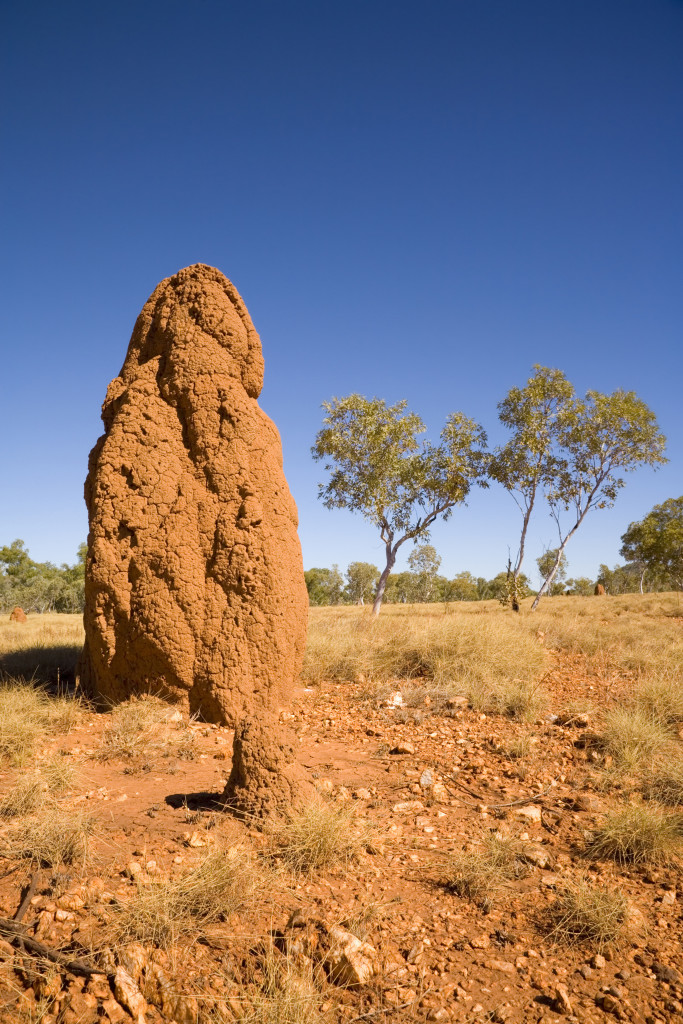
Termites in the sub-Saharan region of Africa need a steady supply of fresh oxygen and a way to get rid of excess carbon dioxide, just as we do. If the termites and their symbiotic fungi don’t have adequate ventilation in their nests, they will suffocate.
The solution to their dilemma is in how they construct their mounds. The mounds, measuring 2 to 3 meters (3 to 10 feet) above the ground, act as a ventilation system. The genius of this construction would challenge an engineer. Yet a million termites do it without one foreman in sight.
Think of a termite mound as a giant pear with the fat end—the part with the termite nest and fungal gardens—buried underground. The thin part of the pear, the visible spire of the mound, consists of a central, closed-top chimney and a network of tunnels and air conduits. The mound’s walls are made of porous soil. Porosity is important to the design, because what drives most of the ventilation system is the wind. As wind flows past a mound, a complicated pressure field is set up, with positive pressures at the leading face of the mound and suction pressures at the lateral and trailing faces. These patterns force air in through the surface layers of the mound’s leading face, and draw air out of the surface conduits at the mound’s lateral and trailing faces. Because wind speed and direction frequently vary, air movement in the mound is neither unidirectional nor circulatory; rather, it’s tidal, with air moving in and out, similar to our lungs.
Termite mounds are adaptive structures. As internal levels of oxygen, carbon dioxide, and water moisture change, the termites respond by adjusting the tunnels and the height of the mound. This maintains a balance, or homeostasis, within the mound.
Desert plants
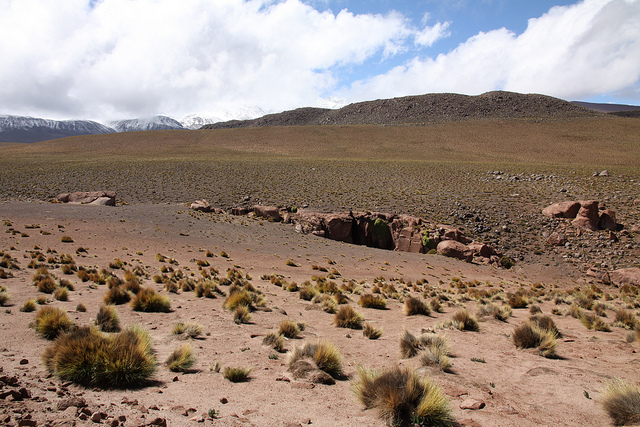
Atacama desert in Chile.
Design Applications
Just-in-time manufacturing
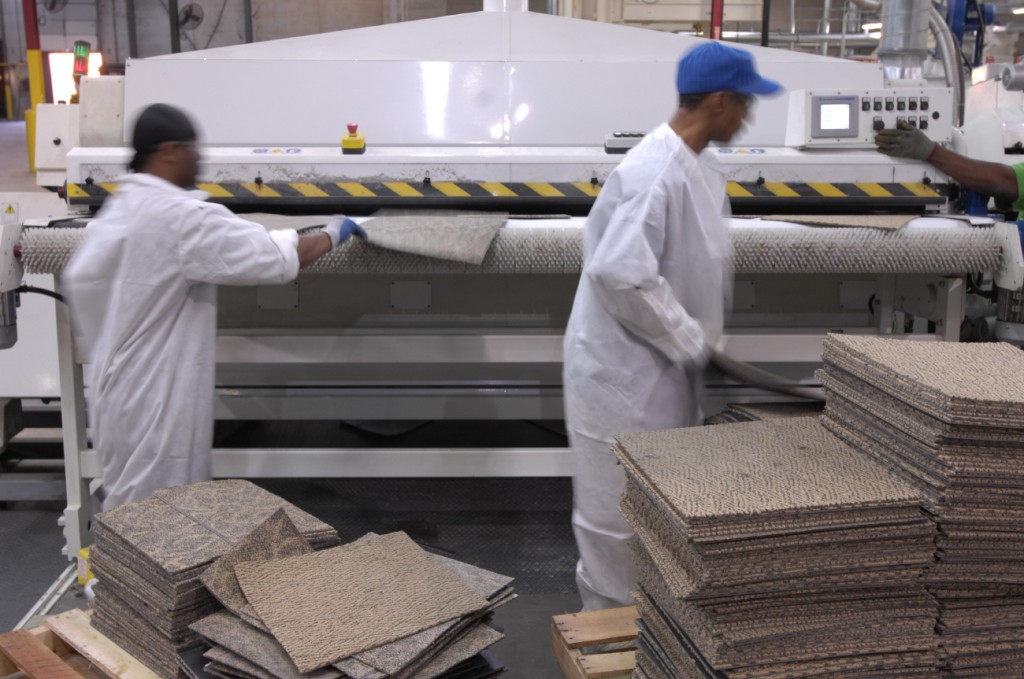
Interface carpet tile manufacturing.
bePro helmet
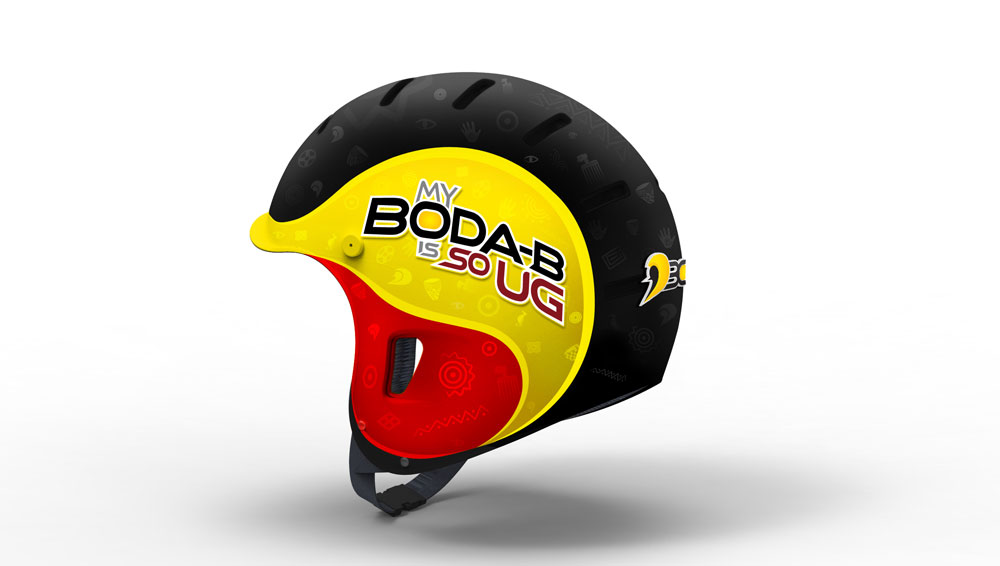
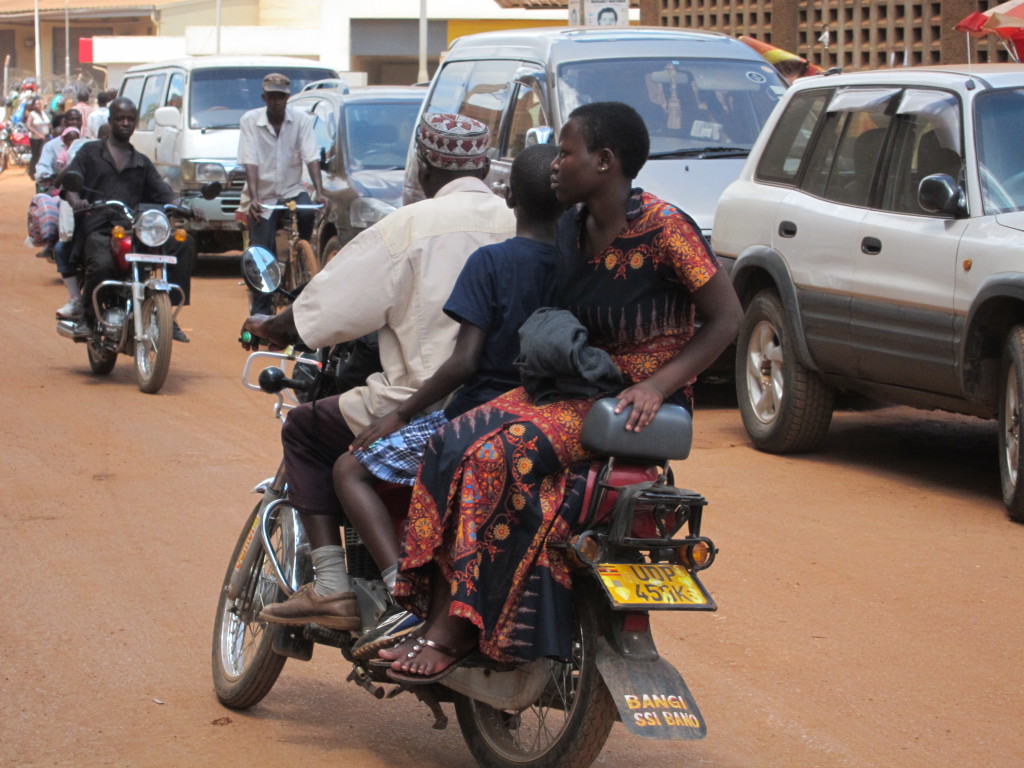
Motorcycle traffic in Uganda.


